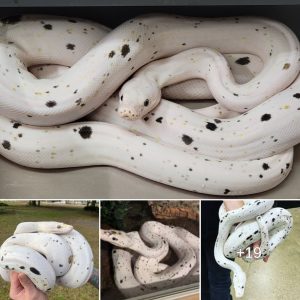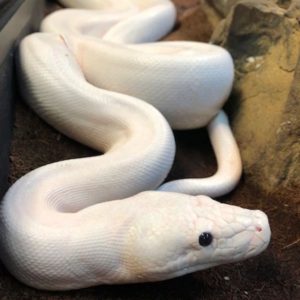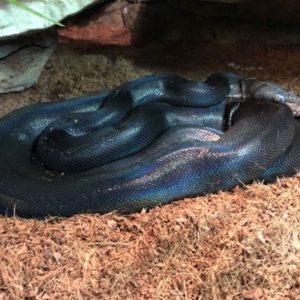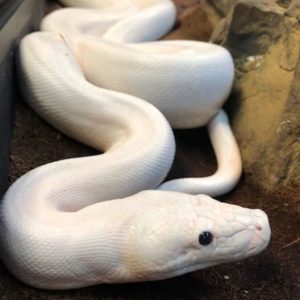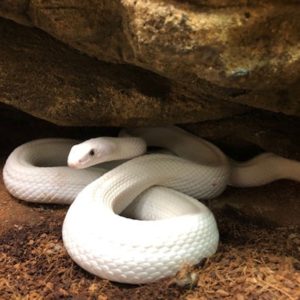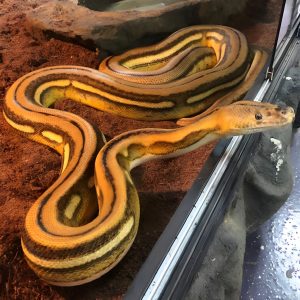Pine Snake Perfection: Exploring the Elegance and Ecological Significance of this Enigmatic Reptile
Photo by RW Van Devender
Pituophis melanoleucus
Description: Pine snakes are vary large, bulky snakes that usually have dark blotches on a mostly light brown or gray background. In some individuals, the blotches may be obscured and run together, especially near the head.
Feeding/Diet: They are active during the daytime when they move from burrow to burrow looking for the rodents on which they feed. They are strong constrictors and have even been known to constrict and kill more than one mouse at a time.
Habitat/Range: Pine snakes are most common in the Sandhills and southeastern Coastal Plain where they spend most of their time underground. Because of habitat destruction, the pine snake is a species of special concern in North Carolina.
Reproduction: Pine snakes lay 5–12 large eggs in a burrow during June or July. The young, which hatch a couple of months later, are miniatures of the adults.
Miscellaneous: When threatened, they will rear back in a coil and hiss at their attacker. A small flap of cartilage in front of the windpipe allows these snakes to hiss loudly. Some scientists have even speculated that their hiss mimics the sound of a rattlesnake’s rattle. If disturbed, the pine snake will also rapidly vibrate its tail and may bite if picked up.

Photo by Ian Deery





Photo by RW Van Devender

